|
STAMPED CONCRETE PATTERNS THAT MIMIC WOOD, STONE, BRICK & MORE
Stamped concrete patterns are used to create the look of brick, slate, flagstone, cobblestone or other patterns on your concrete patio, driveway or other surface. These patterns are a cost-effective way to achieve realistic looking textures. POPULAR STAMPED CONCRETE PATTERNS Choosing the right pattern for your patio can be a challenge. Scroll down to see some of the options that are available London Cobble Texture Description: A traditional lightly textured cobblestone pattern. Ashlar Cut Slate Texture Description: Stones with a slate surface, in an Ashlar pattern. Random Stone Texture Description: Heavily textured random fieldstones. Classic Wood Texture Description: Combining multiple wood grains to offer a bold, pronounced, exposed grain texture with six-inch wide planks. Running Bond New Brick Texture Description: A running bond pattern with smooth joints Herringbone New Brick Texture Description: A wire-cut common brick texture with sharp corners and few indentations or irregularities over the surface. Grand Ashlar Texture Description: Stones of various shapes and sizes laid in an Ashlar pattern, with a slate texture. European Fan Texture Description: An elegant European fan pattern, consisting of slightly curved rectangular slate stones. Fractured Cyprus Slate Texture Description: Heavy in texture, the joints have a fractured split edge. Stones of Athens Texture Description: Limestone, marble and granite are all used next to each other detailing the fi ne craftsmanship of ancient Greece. Rough Stone Texture Texture Description: A natural stone texture characterized by a continuous coarse surface. Sanded Slate Texture Texture Description: Similar to a slate texture with the addition of a lightly sanded appearance across the entire texture field. We believe that your outdoor living space is just as crucial as your indoor living space. After all, developing your backyard patio is an affordable way to increase the square footage of entertaining space at your home! If you are in search of an aesthetically appealing backyard living space, then you ought to think about us for your concrete needs. Concrete is extremely durable and offers you a large selection of styles and designs. We will be happy to work with you to achieve the patio look you are going for.
Why Build Concrete Patios? One of the primary advantages of going with a concrete patio over another material is the durability and long lasting usage of concrete. Stamped concrete is one of the most popular styles which is a more affordable option than stone pavers. With stamped concrete or concrete pavers, you can achieve the look of brick or natural stone for a more affordable price. Concrete is an excellent material and its long lasting properties is one of the primary factors in your consideration. Patios are exposed to the elements year-round as well as foot traffic and heavy furniture – so concrete is an excellent choice for your patio. Maintenance for a concrete patio is very minimal and it is easy to keep it in tip-top shape for many years. Different Kinds of Patios We have a variety of concrete products that can be utilized for constructing patios. If you’re looking for a smaller patio, the two most popular options are concrete slabs (which can be stained different colors) or stamped concrete. If you are in search of a larger patio, there are two primary choices: Pattern Imprinted Concrete A pattern imprinted concrete patio follows the process of pouring liquid concrete over top of a sub-base. This allows us to work with essentially a blank canvas, and we can create many different colors and designs for it. This process involves generating the designs in the concrete prior to it drying. Our team is highly skilled and trained to create these custom concrete patios for you. Concrete Block Paving This is the more traditional method of installing a concrete patio. We have a variety of options for you to choose from, in an array of colors and stamped designs to suit your specific preferences. We will do an excellent job, using high quality materials, and provide you with the craftsmanship of our specialized team for your concrete needs. High Quality When you want your concrete project done right, give us a call. Our team of concrete contractors are extremely skilled and trained to create the concrete patio of your dreams. We guarantee our services to all of our clients, and serve both residential and commercial customers. Thank you for reading. We look forward to helping you design your new patio!  Construction never stops, and concreting in the rainy season is inevitable. What happens when it rains on freshly poured concrete, and what could you do to minimize the potential damage? Let’s find out the effects of rain on concrete. You can pour concrete in light rain because the curing process is a chemical reaction and not drying. However, if excessive rainwater enters into the concrete mix, it can change the water to cement ratio and compromise the strength of concrete. Will Concrete Set in the Rain? A hydration reaction occurs when cement mixes with water, creating a crystal structure. This structure is rigid, and this is what causes concrete to set. If the rain falling on fresh concrete isn’t excessive, washing away the concrete itself, it will set. In fact, if light rain falls on sufficiently hard concrete, it might even aid the hydration reaction in providing favorable curing conditions. Can You Pour Concrete in Heavy Rain? If the job site is not covered, it’s not advisable to pour concrete in heavy rain since the rainwater will mix with the fresh concrete or wash away some of it. Both of these would damage the final product. It is best to wait until the rain subsides before commencing with the pour. Once the rain subsides, remove the water from the job site before pouring the concrete. Meanwhile, do what you can to protect the site and make it easy to remove the water. It is essential to keep water away from the pour by protecting the job site. To this end, ensure that any cavities or hollows on the pour are free of water and cover them to keep the water out. If you plan on pouring concrete in an area prone to rain, plan ahead and be prepared for any eventuality. To this end, check the weather forecast. When rain is forecast, equip the site with plastic sheeting and other waterproof materials to cover the concrete when needed. Also, ensure that the substrate is dry. Then there is also visibility issues during a heavy downpour. It’s difficult to see where the rebar or wire mesh is placed when it’s raining heavily. If heavy rain is imminent, it would be best to wait until the weather improves. Alternatively, you could make alterations to the site so that you can pour the concrete in an enclosed, roofed area. This will protect it from the weather and improve the quality of your finish. Don’t attempt to pour concrete on wet surfaces or in trenches filled with water. Here, the water and impurities could mix with the concrete, altering the water to cement ratio and incorporating potentially harmful impurities into the mix design. This would weaken the concrete and cause significant damage. If you must pour concrete into a submerged area, following underwater concreting best practices is best. This is a complicated and expensive undertaking. Usually, it would probably be more economical to drain the area before concreting and allow water to reenter after the concrete has gained sufficient compressive strength. How Soon Can You Pour Concrete After Rain? This depends on the job site. You should only pour concrete on a dry substrate, so the sooner you can dry the substrate, the sooner you can pour the concrete. When concreting in the rainy season, it is best to protect the substrate from the rain using plastic sheeting. This makes it easier to get the surface dry before pouring concrete. Rain After Concrete Pour What Happens If It Rains After Pouring Concrete? Rain can cause untold damage to fresh concrete. When rain falls on freshly laid concrete, the surface could suffer damage in various ways. If it’s heavy rain, the drops themselves could leave indentations in the concrete. Furthermore, the excess water accumulating on the freshly poured concrete would alter the cement:water ratio of the surface layer, similar to having excess bleed water on the surface. This would weaken the concrete and cause cracking or flaking. Then, there’s the physical damage of water run-off. Excessive rainwater will likely run off the concrete, washing cement paste, sand, and, in extreme cases, even stone with it. The concrete may have to be broken up and the pour redone in this case. Suppose rain falls on freshly leveled and floated concrete. In that case, all this finishing work could be undone, along with the potential damage outlined above. Cover the surface to protect it from possible damage if the rain starts within the first two hours after pouring the concrete. Here, plastic sheeting would typically suffice. If you can’t cover the surface before the rain starts, wait until the rain subsides, then remove the excess water from the surface. Here, you could use something simple like a garden hose. Slide it across the surface, pulling the water with it. Note that this will probably only work on concrete that has hardened slightly, not on freshly poured concrete that hasn’t been leveled. Heavy rain will also probably cause damage to uncovered fresh pours. If the rain starts when the concrete has had sufficient time to set, the effect will be minimal. Here, the concrete should be hard enough to walk on, a point usually reached within four to eight hours after the pour. That is unless you’re concreting in extreme temperatures. The setting time will be delayed in cold weather, while hot weather concreting will accelerate the setting time. How Long Does Concrete Need to Dry Before Rain? If the rain starts four to eight hours after the pour, the concrete probably had enough time to gain compressive strength and withstand light rain. Here, the concrete would be hard enough to walk on. How Do I Know If Rain Damaged the Concrete? Once the rain stops, inspect the concrete’s surface for any signs of damage. You will clearly see obvious defects here, while some damage may be hidden from the eye. To test abrasion resistance, scratch a mark on the surface using a screwdriver or similar tool. Repeat this on a portion of concrete known to be of good quality. If the results are similar, the concrete is probably fine. Minor damage can be repaired by pouring extra concrete onto the already laid structure if thick enough. If it’s a thin slab, it will probably be best to remove the concrete and redo the pour. Whatever you do, don’t work the rainwater into the fresh concrete since this will alter the water: cement ratio, weakening the surface layer. Also, don’t cast cement onto a wet surface since this will lead to cracking and flaking.  With regular maintenance and care, concrete can last for many years, but eventually, it will wear out. When it does, you either have to repair it or replace it. Many people consider adding a new layer rather than digging it up and starting again, but can you pour new concrete over old concrete? Our guide answers all of the questions you may have about adding a new layer of concrete to different surfaces. We also explain how to prepare your existing concrete base and when not to pour new concrete over old concrete. Can you put new concrete over old concrete? In short, yes you can put new concrete over old concrete. However, there are some things to consider and prep work to do before going ahead. Is the existing concrete structure in good condition? Pouring a new layer of concrete over cracked or frost heaved concrete won’t fix the problem, it will just crack again over time. You can pour new concrete over minor cracks or worn surfaces, but if it’s more than that it will be worth investigating why the damage has happened and fixing the problem before adding a new layer. Unresolved issues with old concrete will transfer to your new concrete if not fixed first. Adding a new layer of concrete to an existing surface will raise the level significantly, which could cause a problem if it’s for a path or patio that runs up to the door, meaning there might not be sufficient clearance for the door to open. How to prepare old concrete for new concrete
How to pour new concrete over old concrete
When not to pour new concrete over old concrete
Pouring new concrete over old concrete FAQs We answer all of your most commonly asked questions, including ‘can you put new concrete on top of old concrete?’ and ‘will new concrete stick to old concrete?’. How do I pour concrete on existing slab? Follow the preparation and steps outlined above to pour concrete over existing slabs. Taking the time to get your concrete ready for a new layer will ensure it doesn’t crack. Old, stable concrete will make a good base for new concrete to sit on. Will new concrete stick to old concrete? Fresh concrete will not stick well to existing dry concrete because it doesn’t contain any natural bonding agents. A bonding agent should be painted evenly on to the existing layer of concrete first to ensure that the new layer will stick and bond correctly. There are three different types of bonding agents:
Can you do stamped concrete over old concrete? A stamped concrete overlay is an effective way to upgrade, repair or enhance existing concrete. Stamped concrete is also called textured or imprinted concrete and replicates other materials such as brick, stone or wood. Stampable overlays are made from a blend of polymers, fine aggregates and cement and should be placed evenly over the old concrete. Stampable overlays can be stained using water based stains to achieve the desired look. What PPE should be worn when pouring concrete?
If concrete comes into contact with your eyes, wash them immediately with clean water and seek medical advice. How can I pour concrete over concrete driveway? The same principles apply to pouring concrete over an existing concrete driveway. You should use a type of reinforcement such as a fiber mesh or rebar to help control and prevent any cracks that may develop while the concrete is setting. Can you pour new concrete over an existing walkway? Cementing over old cement will not cause any issues to the existing structure, as long as the old concrete is free of significant damage such as large cracks or frost heaves. Your pathway can gain a new lease of life from adding a new concrete layer on top, without needing to dig up the existing path and starting from scratch. Remember to clear the walkway of any hidden debris first. Can you pour concrete over old concrete steps? Small concrete steps that extend from a patio or your house can be covered with a new layer of concrete if bound correctly. Pour bonding agent on to the old cement before adding the new concrete. Smooth the cement with a trowel. Newly poured concrete should be left to dry for at least 24 hours before stepping on it. Maintain your concrete steps by regularly sweeping and hosing them down to get rid of debris that may wear the surface of your steps. If any small cracks appear, use a silicone-modified acrylic caulk to fill and blend in with the surface. Can you pour concrete over tree roots? If possible, tree roots should be removed from the area that you want to concrete over before laying concrete. It can be difficult and time-consuming, however concrete needs a level surface to set properly. Leaving tree roots in your concrete will cause the concrete to weaken and crack through your slab if the root grows. Pouring concrete over tree roots should be avoided as the tree won’t be able to get the water, oxygen and nutrients that it needs to stay healthy. Cracked concrete caused by tree roots can also cause a tripping hazard. How thin can you pour concrete? The thinnest concrete layer you should pour over existing concrete for pathways or patios is two inches. If the concrete is any thinner, it won’t create the strong layer that you desire. You can pour your concrete thicker, providing you consider the surroundings and ensure nothing the new layer of concrete doesn’t cause any obstructions. For areas that need to take the weight of heavy vehicle traffic, a minimum of four inches should be poured. Can you pour quikrete over existing concrete? Quikrete is a type of concrete that sets quickly. You can use this special type of mixture to add a new layer to existing concrete structures providing the surface is clean and doesn’t need any repair work. Apply a thin layer with a trowel first, then build up the desired thickness. Can you pour new concrete over a concrete patio? Yes, if you’re trying to refresh a tired-looking patio, you can cover up minor cracks and damage with a fresh new layer of concrete. Take the time to thoroughly clean the existing patio to ensure the new layer is as smooth as possible. Can you pour new concrete over an existing concrete surface? Most concrete surfaces are suitable for a new layer, providing it doesn’t have large cracks in or tree roots. If your concrete isn’t moving, heaving or settling then it’s ok to pour new concrete on top of it. If your concrete does have large cracks, a better option is to remove the old concrete, resolve the problem and pour new concrete. Is it possible to pour new concrete over a garage floor? If your existing concrete is in good condition, it is safe to add a new layer of concrete to your garage floor. Check that the current concrete floor doesn’t have any significant cracks or heaves from frost before applying a new layer. Remember to ensure that your newly-laid concrete doesn’t dry out too quickly as it dries by keeping the area moist by spraying with water as it cures. Can you pour new concrete over wet concrete? Concrete should be left for 24-48 hours to dry enough to walk or drive on it. However, for it to fully develop and reach its maximum strength it will take up to 28 days. Adding more concrete to wet concrete could affect the mixture by making it too wet, which may cause cracking. You should wait until the first layer of concrete is completely dry before adding to it. Can you put new concrete over wet ground? Pouring concrete on to wet surfaces can affect the strength and quality of the finished result. Light dampness will not cause a problem, however if there is too much water, the concrete will crack and settle unevenly. The best time to pour concrete is when the weather conditions are dry. If you have to pour concrete on wet ground, use less water when mixing the concrete so the mixture doesn’t become oversaturated. Is it okay to pour concrete over existing concrete? Yes, you can put new concrete over old concrete providing there are no issues such as significant cracks of frost heaves with your existing concrete. A new layer of concrete should be about two inches to ensure an even, strong coverage. What happens when you pour new concrete over old concrete? Slab poured over an existing concrete slab is more prone to frost heave damage and cracks because of the binding between the two layers of concrete. It’s important to repair damage to a new slab as soon as it happens to prevent the damage from spreading to further parts of the concrete. Use a deep penetrating sealer to prevent water damage. Can you pour new concrete next to old concrete? To ensure your concrete structure meets the requirements of your project, you should join two concrete slabs together with a concrete construction joint. Joining your new and existing concrete will ensure the new concrete won’t move away from the old concrete and minimize the amount of cracking that can occur in concrete slabs. Can you pour concrete over painted concrete? Stripping the paint from your concrete is essential if you want to pour a new layer over the top because some paint will prevent concrete from bonding and setting properly. Try using a pressure washer to remove paint from the concrete surface. Alternatively, do some research on safe chemicals for concrete that will help lift the paint so you can scrape it away. Fix any cracks before adding your new layer of concrete. Use a finishing trowel or a long-handled squeegee to ensure the concrete is smoothed out. If you prefer a textured surface, use a brush or push broom to create patterns in your concrete. Can concrete be resurfaced? If your concrete has been damaged by weather or heavy use, you can resurface the concrete to repair and restore minor damage. There are many concrete resurfacing products available to use that make the process easier. Always check the manufacturer’s instructions before carrying out any work. For a successful resurfacing you should:
What is concrete overlay? A concrete overlay is a thin concrete cement-based product that is designed to use for decorative purposes or repairing damages. However, not all concrete surfaces are suitable for overlay. Concrete should be cleaned and repaired first before applying the overlay. It should then be sealed with a concrete sealer to protect it. There are a few pros and cons to consider before adding a concrete overlay to your existing surfaces. Pros:
Cons:
Can you pour concrete over sunken concrete? Yes, coating a sunken section of concrete with a new layer of sand and cement mixture can raise the sunken section so that it is back in alignment with the rest of the area. This can be a cost-effective way to fix sunken concrete, providing you prepare the area correctly. The three main reasons why concrete sinks are:
Seal any cracks and joints with a silicone or polyurethane caulk to help prevent sinking or stop it from getting any worse. Ensuring your slabs are tightly packed can also help to ensure any excess water won’t go below the concrete. The truth about pouring new concrete over old concrete Pouring new concrete over old concrete is an option to consider when you’re refurbishing your concrete paths, driveway or any concrete structure. Check to see whether adding a few inches of new concrete would prevent you from shutting a door or obstruct a walkway before starting work. If you’d like to find out more about building with concrete, give us a call today for a Free Consultation at 949-288-3510  Concrete Pouring Process Every concrete placement is unique. Every customer has different needs, and each property’s location requires its own planning. And we enjoy the variety! But we still follow the same general procedures each time we handle a concrete installation whether it’s a residential or commercial concrete project. When you contact us with interest in our concrete pouring services, we’ll schedule a free,-no-obligation consultation with you on your property. We’ll discuss your desires, tell you what we can do and answer your questions. If you decide to hire us, we’ll provide you with a contract stating the specifics of the work we promise to do. And then, the real work begins! 1. Preparation Our first job on any site is to clear it and clean it, and often this requires earth-moving equipment. Any grass, trees, old concrete, or anything else will need to be removed so we can work on the raw earth. After clearing and marking the exact dimensions for the concrete, we’ll lay a granular sub base over the entire area. The sub base is then compacted to prepare it for the concrete. 2. Forming Our next step is setting concrete forms. Forms are set along the edge of the entire concrete area, and they’re held in place with wood or metal stakes. Both stakes and forms are designed for easy removal once the concrete has cured. 3. Pouring Placement When the final forms are in place, it’s time to install the concrete. We may be able to pull our ready mix concrete truck up to the site and pour directly into the forms. If this is not possible, we use our concrete pump to get the concrete exactly where it needs to go. Our crew will smooth and move the concrete as it is being poured to prevent air pockets and ensure an even surface. 4. Pre-Finish Next we level the top of the concrete and make the edges look uniform. We screed the surface, which means slowly pushing a large board across it to compact the concrete. Then hand held trowels called floats are used to even out smaller areas and edges. Depending on the finish the concrete will receive, we might perform an additional steel trowel finish to create a hard, smooth surface. 5. Finish Now that we’ve prepared the surface, we can apply finish to the concrete. Our customers choose a multitude of finishes including stamped, and textured, and smooth trowel. 6. Curing At this point, the concrete can rest and start the curing process. We do recommend a curing compound be applied immediately after the finish as it helps the concrete cure evenly and reduces cracks. Either way, the entire curing process lasts 28 days, but the first week is the most critical. You’ll want to follow our time recommendations before walking and driving on your new concrete surface! Concrete is extremely durable and low-maintenance. However, there are a two things that can help prolong its life. 1) A good quality sealer, applied the same day the concrete is placed or within a month afterward. 2) Occasional soap and water cleaning. Both these things will minimize the chances of staining or discoloration. We enjoy helping people improve their properties. If you have further questions about our concrete pouring process or concrete in general, we’d be happy to answer them! If you’d like a free, no-obligation consultation to discuss the concrete on residential or commercial project, we can do that, too. Let us help you fulfill your desires for your space! Contact us today at 1-949-288-3510 You can call us or text us at this number Are you looking for concrete contractors in South Orange County? Then you're in the right place! The Concrete Medic provides complete customer satisfaction and affordable cost for its products and services. We have been serving South Orange County and its surrounding areas for over 22 years!
We are a family-owned business providing quality workmanship, service, and value to our customers. We strive to exceed your expectations by offering high-quality materials and craftsmanship that will last a lifetime. Quality Service from a Professional Team Our team of experienced professionals is dedicated to meeting all of your needs. Our goal is to provide outstanding service at an affordable price. We offer free estimates on all projects. Contact us today to schedule a consultation! Our concrete services include: Resurfacing & Repairs Driveways Patios Garages Pool Surrounds Sidewalks Walkways Grinding Concrete Cleaning Epoxy Coating Densifying Diamond Polishing Sealing Restorations Overlays Self leveling concrete Concrete Polishing Garage Floor Coatings Acid stains Residential and Commercial Custom Concrete Projects Contact us today to learn more about how we can help you with your next project! 949-288-3510 |
What we do!
Thanks for landing on our page! ArchivesCategories |
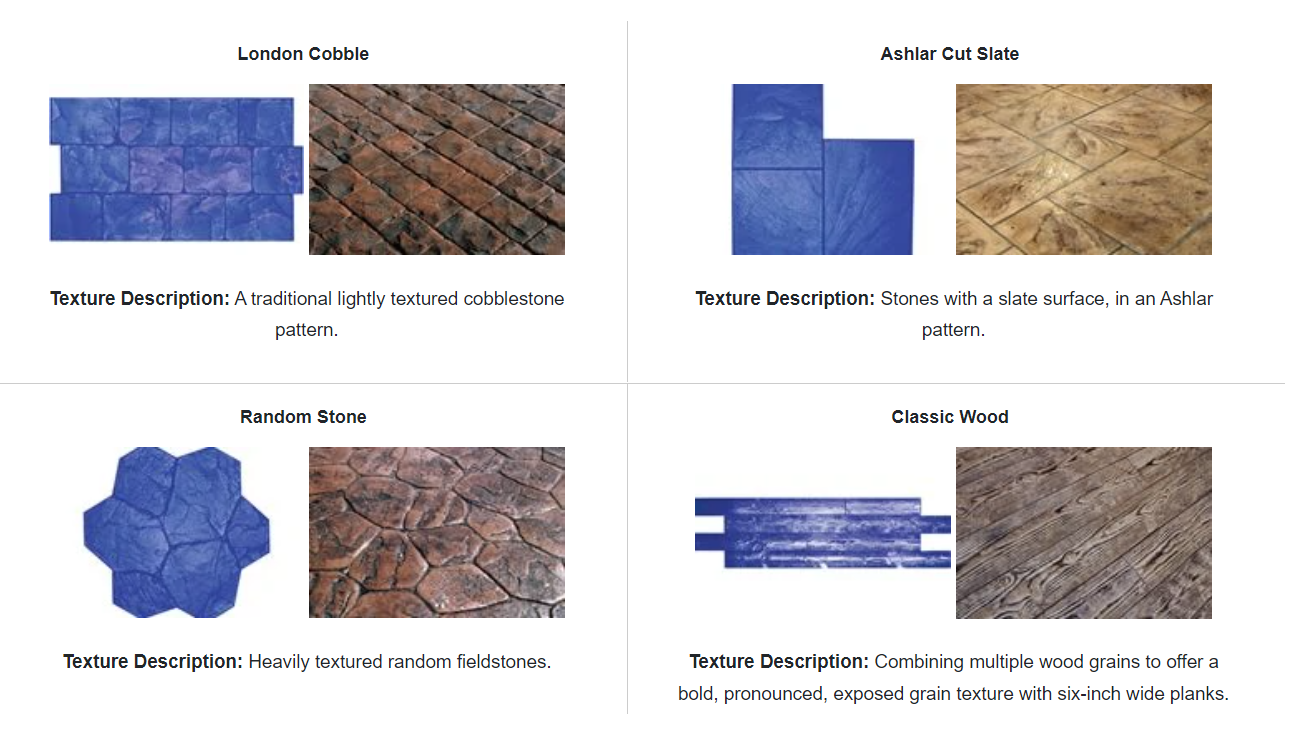
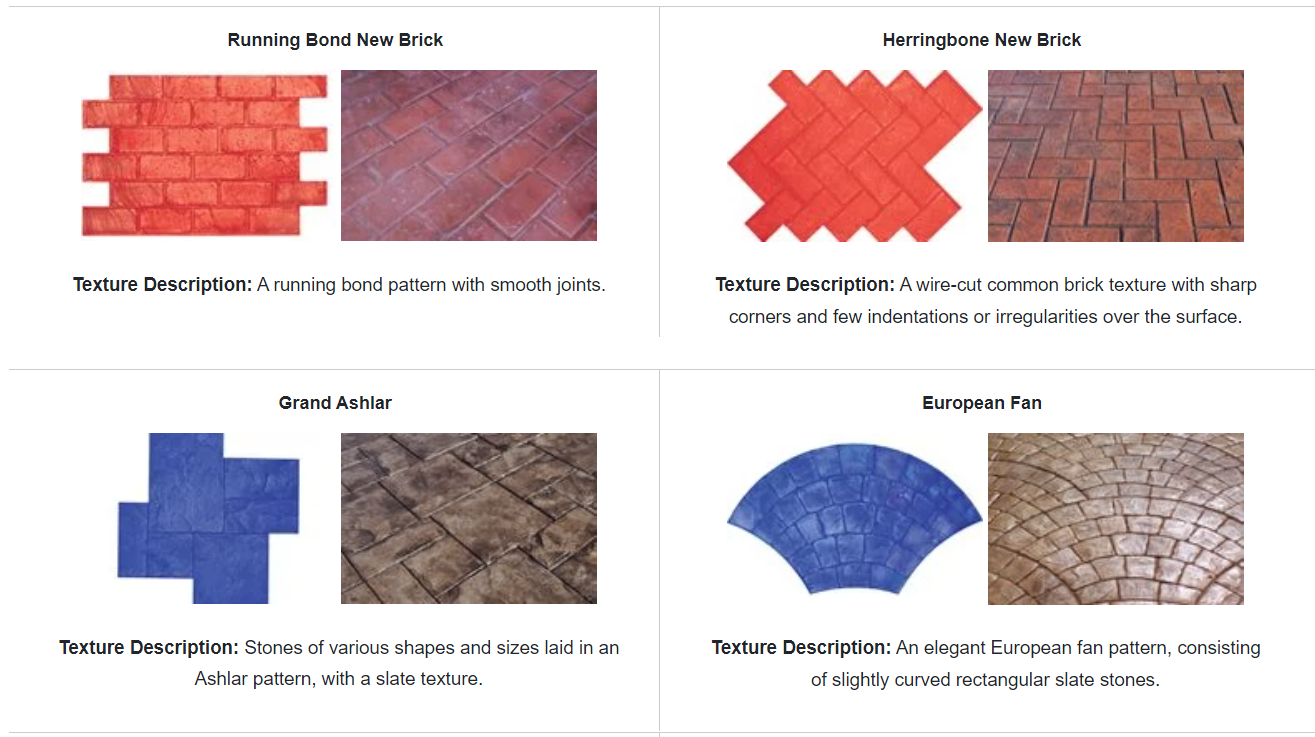
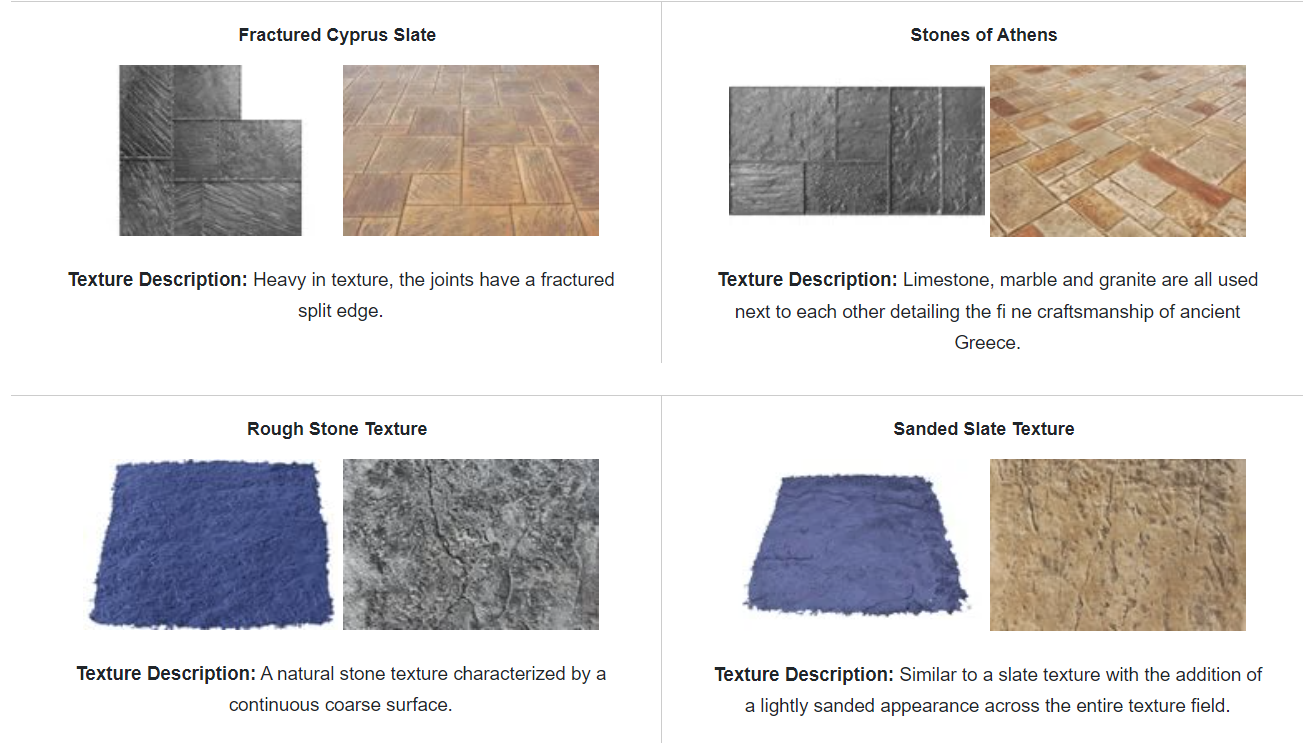

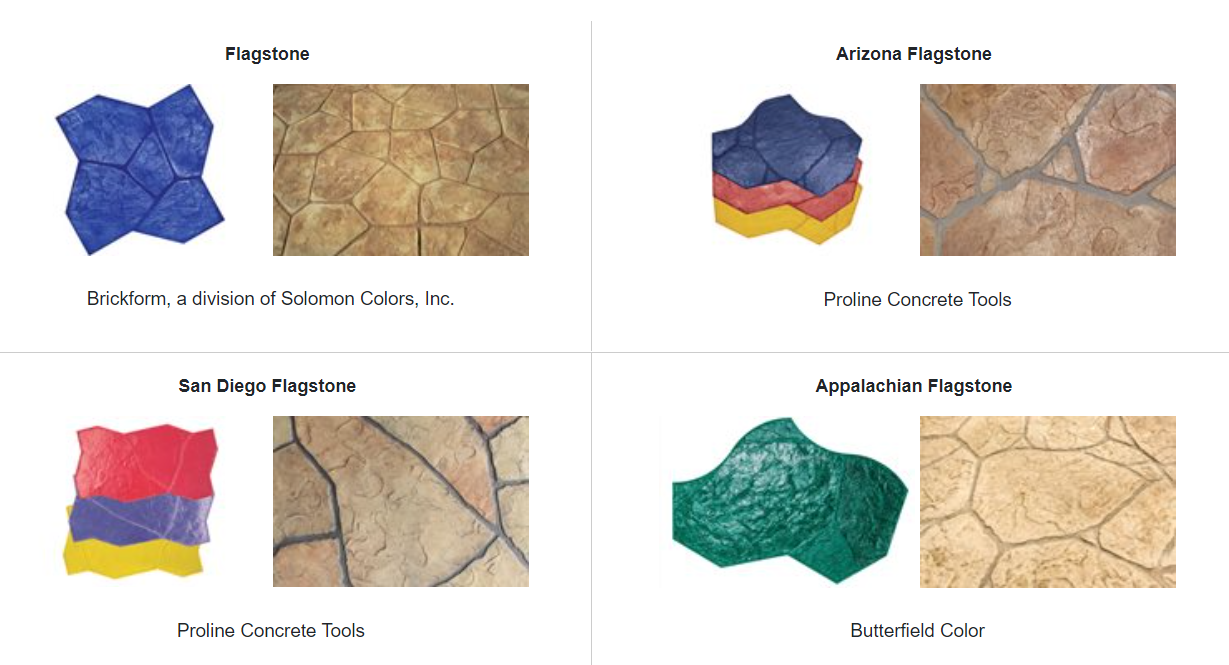
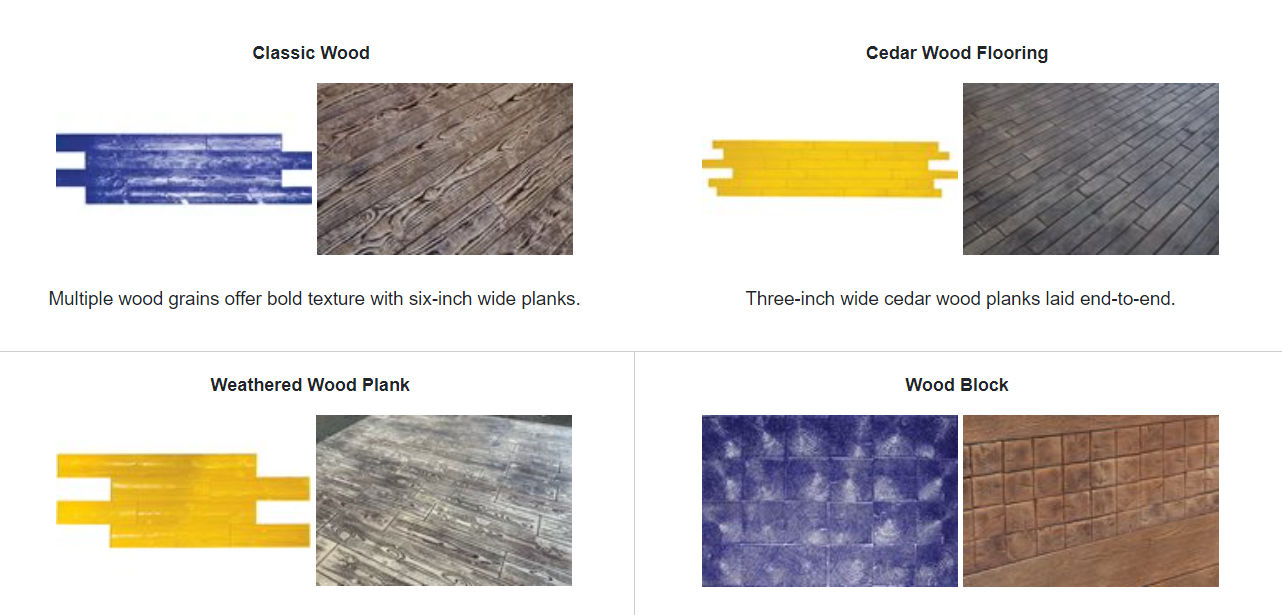
 RSS Feed
RSS Feed